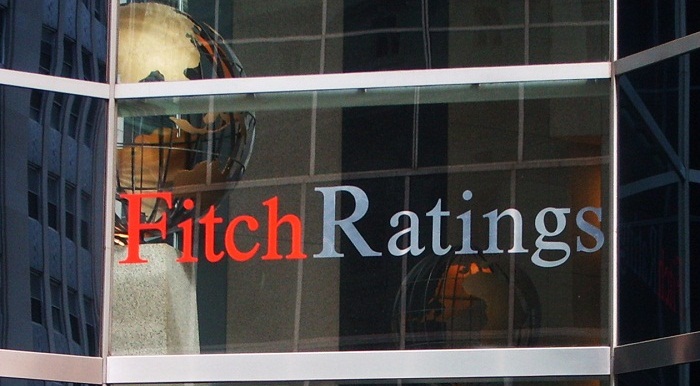However, this also poses risks in terms of the crystallization of contingent liabilities, notably in the banking sector although Azerbaijan`s very strong sovereign balance sheet provides a considerable buffer, with the State Oil Fund of Azerbaijan (SOFAZ), at USD37.1bn, equivalent to 49% of GDP at end-2014.
The depreciation of the Azerbaijani manat will hurt banking sector capitalisation, Fitch Ratings says. The banks have large numbers of foreign-currency denominated loans and are exposed to losses on short FX positions.
The banking system had a large short on-balance sheet FX position of USD1.7bn, or 43% of system equity, at end-2014.
“Fitch Ratings believes this was only partly closed by hedges with market participants, leaving the banks` capital significantly exposed to currency depreciation,” the statement says. “Banks` on-balance sheet short positions are likely to have increased further since the beginning of 2015 as depositors have converted savings into foreign currency. This will have been partly offset by FX swaps offered by the central bank since January.”
Fitch Ratings estimates that some banks could have breached their regulatory capital adequacy ratios, but believe some regulatory forbearance may be introduced to support banks` formal compliance, as was the case in Russia.
Foreign-currency loans comprised 27% of total lending at end-2014 for the sector (about 33% post-depreciation). Fitch Ratings estimates that depreciation will have increased risk-weighted assets by around 9% for the banking system as a whole. This would cause a reduction of just under 2ppt in the sector`s total regulatory capital ratio, which was high at 19% at end-2014. However, the impact is likely to vary between banks. Those with larger-than-average proportions of foreign-currency loans will be more affected.
A gradual deterioration in asset quality of foreign-currency loans is likely, especially as exposures are largely to borrowers with limited access to foreign-currency revenue.
As of February 21, the Central Bank of Azerbaijan set the rate at 1.05 manat versus $1 compared to 0.7844 manat earlier. This corresponds to the rate depreciation at 33.9 percent.
The official exchange rate of the US dollar versus the Azerbaijani manat was set at 1.0501 manat as of February 26.
More about:
















































